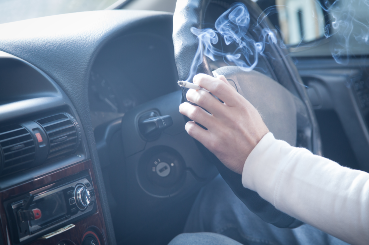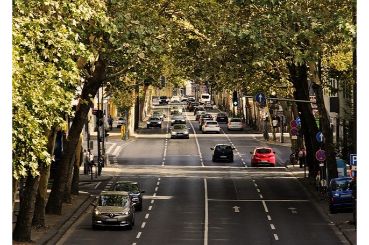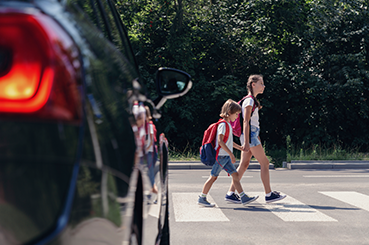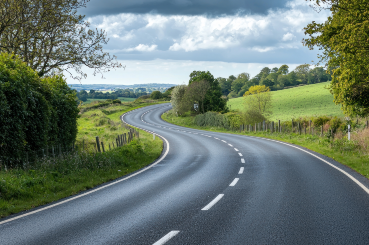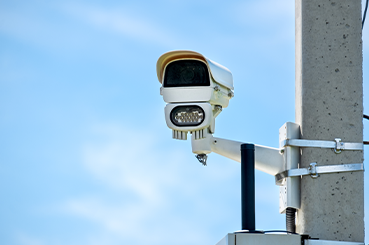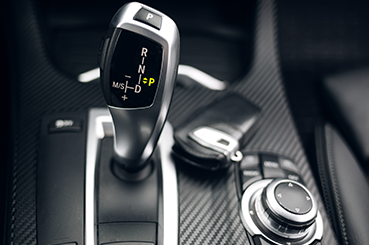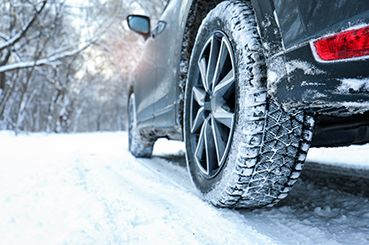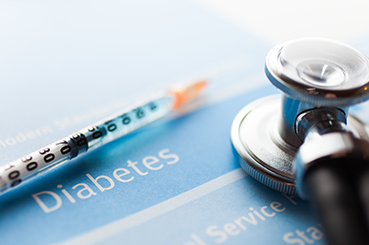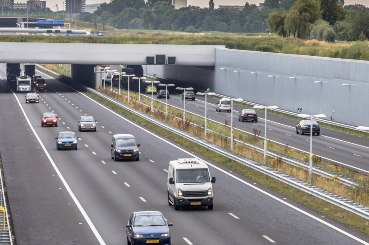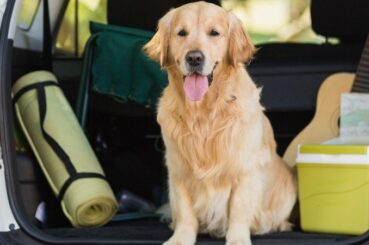Within the year 2022, there was an introduction of new rules and laws for the UK which affected both drivers and car manufacturers. Did you miss them? Well here is our round-up on everything we saw in 2022:

Updates to The Highway Code
In our blogs, we covered the changes from The Highway Code. 33 significant changes were introduced to improve road safety for more vulnerable road users such as cyclists and pedestrians – those most likely to get injured in an accident.
Another significant change to The Highway Code was the use of the hard shoulder. Drivers are not allowed to use the hard shoulder except in an emergency or if directed to do so by the police, traffic officers or a traffic sign.
A brand new rule also came into effect about stopping your vehicle in the event of a breakdown or incident. The Highway Code stated: “If you need to stop your vehicle in the event of a breakdown or incident, try to stop in a place of relative safety… where you, your passengers and your vehicle are less likely to be at risk from moving traffic.
The safest place to stop is a location that is designed for parking. On motorways and other high-speed roads, the safest place to stop is a service area.
Other places of relative safety include lay-bys; emergency areas; and hard shoulders. Be aware that hard shoulders provide less protection than other places of relative safety because they are so close to high-speed traffic.”
New cars fitted with mandatory speed limiters
As of 6th July 2022, all car manufacturers would need to fit their newly produced cars with speed limiters to improve road safety.
Although this regulation was proposed by the European Commission in the General Safety Regulation, the UK is still likely to follow this legal requirement, despite Brexit. This is due to the UK retaining most of the EU laws for new cars, with the additional help to standardise the car manufacturing process across Europe.
From 7th July 2024 onwards, all car manufacturers will be legally required to ensure any cars on sale in their showrooms have speed limiters fitted.
Clean Air Zones Introduced
Clean Air Zones have been popping up around the country for a fair few years now, with the first of them starting in London. These areas are to help provide cleaner air by charging different types of vehicles to enter certain areas of cities.
Bradford and several other cities introduced their own Clean Air Zones (CAZ) in 2022, and many are slowly (but surely) adding to that list.
Regarding Bradford’s Clean Air Zone, they started charging polluting vehicles entering the zones in 2022. These areas cover the Bradford outer ring road and extend out along the Aire Valley corridor – which comprises of Manningham Lane/Bradford Road and Canal Road area – and will include Shipley and Saltaire.
The start date is yet to be announced.
Stricter laws about mobile phone use whilst driving
Meanwhile, in a world where we are consumed by being connected to the internet, there is a heavy temptation to look at your phone whilst driving – especially if a notification flashes up. However, the laws on using your phone whilst driving have become stricter.
While texting and calling on your mobile phone is already illegal, the new laws will cover taking photos and videos, selecting a song from your playlist, and even playing games on your phone—even if you are stopped at a red light.
On the other hand, using your phone for directions will be allowed. BUT, the phone must only be used hands-free: i.e. in a secured cradle that doesn’t affect the driver’s visibility.
If these laws are broken, drivers will face a £200 fixed penalty and six points on their licence.
New buildings in England required to have built-in EV chargers
All new properties built in England from 2022 – including homes and non-residential buildings like supermarkets and offices – are required to have an EV charging point installed. This change makes it easier for drivers to switch to electric vehicles, helping to reduce emissions, lower running costs, and contribute to cleaner air.
If you’re considering your next car, explore our range of electric and hybrid vehicles to enjoy these benefits for yourself.
Red diesel and biofuels will be illegal for most vehicles
Finally, from 1st April 2022, most businesses were forced to switch from rebated red diesel and biofuels to taxed white diesel. This was to promote the use of more sustainable fuels and encourage energy-efficient ways of doing business.
Rebated red diesel will only be allowed for agriculture, horticulture, fish farming, forestry, rail and non-commercial heating system users.

